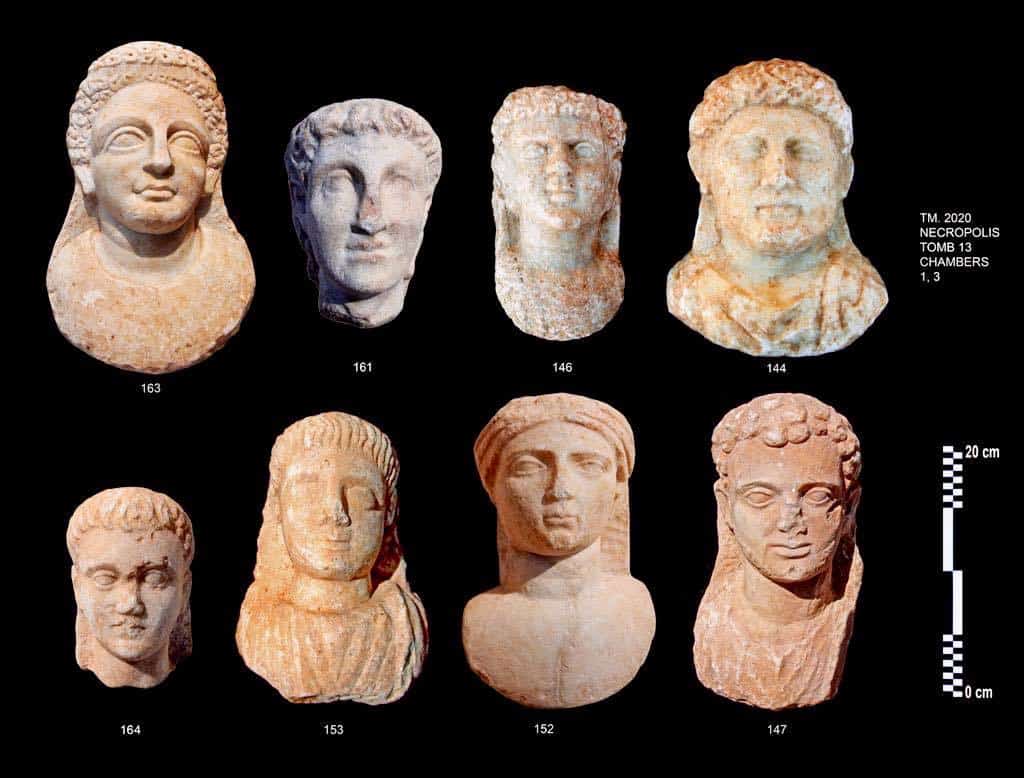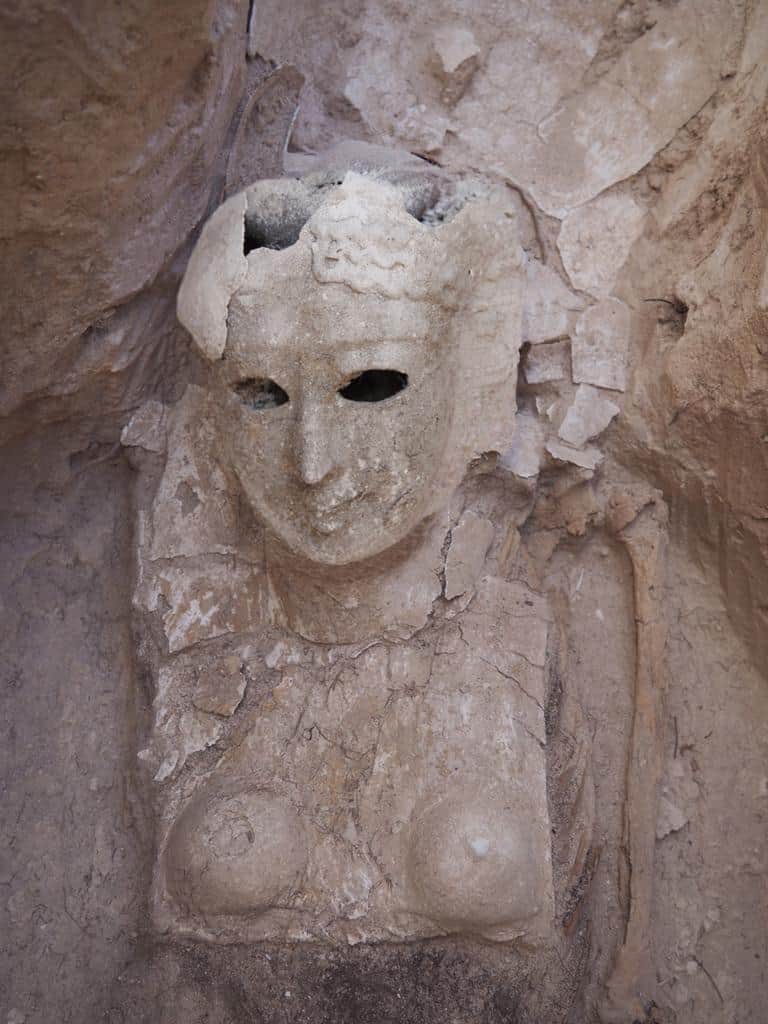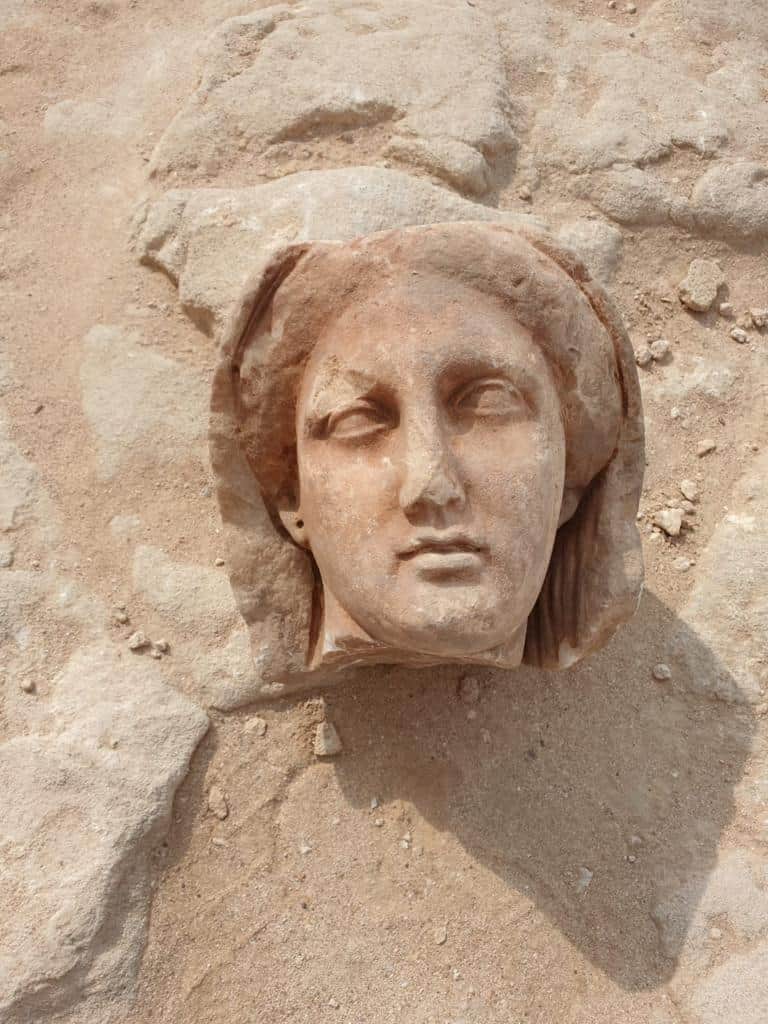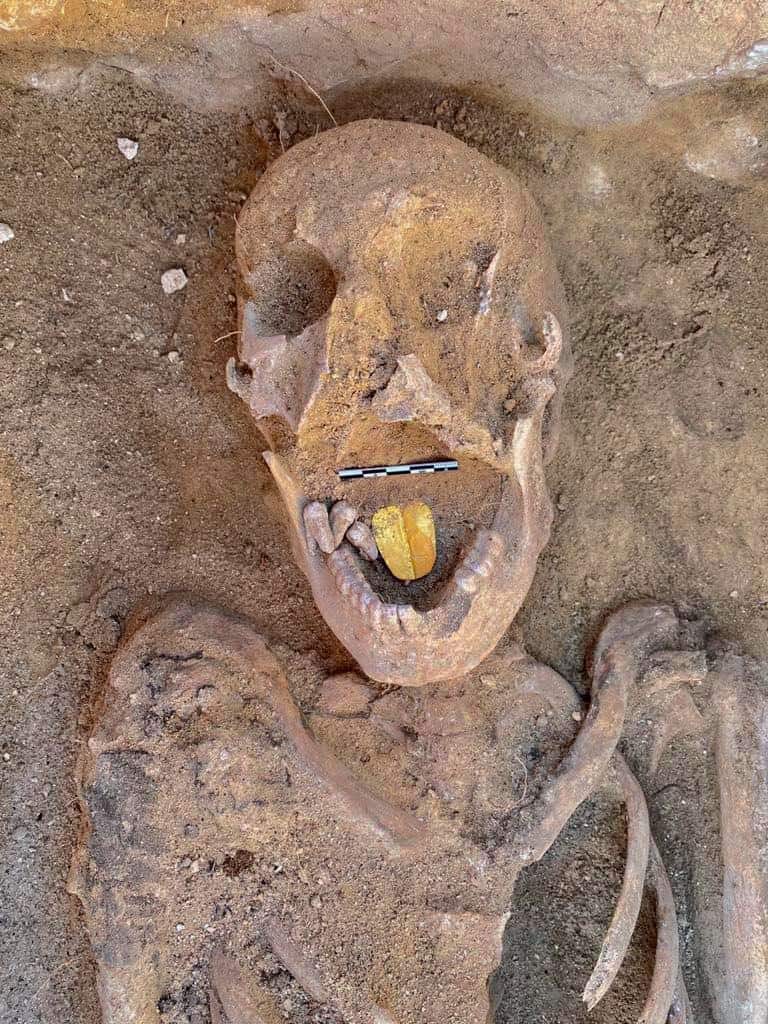
Lisa Epanomatis
A joint Egyptian-Dominican operation has announced the discovery of 16 burials in rock-cut tombs, at the Temple of Taposiris Magna, west of Alexandria, Egypt.
The type of rock-cut tombs, or burial shafts, discovered were typical from Egypt’s Greco-Roman era which commenced from 332 BC.
The Greco-Roman era spanned over 600 years and marked the end of Persian rule over Egypt.
During this era the Persians were defeated by the Greek conqueror Alexander the Great, who occupied Egypt and founded a new capital city at Alexandria.

Some mummies were also uncovered in the shafts, though they are purportedly in a modest state of preservation.
The mummies attribute the features of mummification in the Greco-Roman era, and were found with the remnants of gilded sarcophagi, in addition to gold foil amulets.
The latter were formed in the configuration of a tongue and placed in the mouth of the mummy, in a special ritual, to ensure their ability to speak before the Osirian court in the afterlife.


Kathleen Martinez, the lawyer and archaeologist who founded the mission, stated that among the most important of these mummies were two that preserved the remains of scrolls and parts of the sarcophagi.
Khaled Abo El Hamd, Director General of the antiquities authority in Alexandria, asserted that during this season the mission made a number of archaeological discoveries.
The most important of these were: a funeral mask for a woman, eight golden flakes representing the leaves of a golden wreath and eight masks of marble dating back to the Greek and Roman eras.

